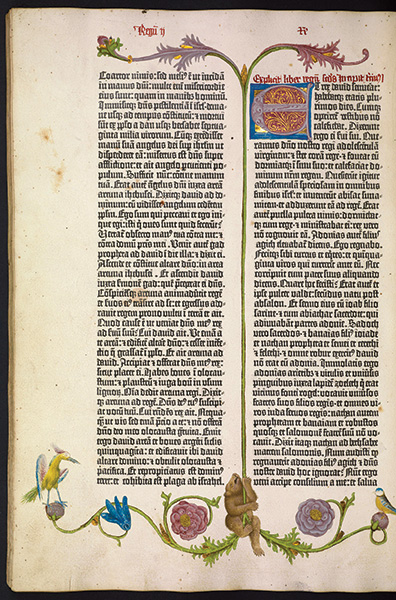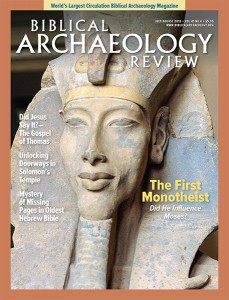
A recent gift to Princeton University includes original copies of the Declaration of Independence, all four of Shakespeare’s folios, musical manuscripts by Beethoven, Mozart, Bach, Wagner and Schubert and—perhaps most notably—the Gutenberg Bible.
Not only is the Gutenberg Bible the first printed Bible in the world, but it is also credited with being the first mass-produced book in the Western world—and the first major book printed using movable type. Printing presses with movable type differed from early models of printing in that their units—composed of individual letters, punctuation marks, etc.—could be assembled in an infinite number of arrangements. Prior to movable type, hand-carved wooden blocks were used as plates. While thousands of sheets could be printed from each plate, the plate itself could not easily be reused to make a new page of text. With movable type, however, the letters could be rearranged without difficulty to form new pages of text.
Although movable type was invented in China around 1040 A.D., Johannes Gutenberg was the first to use the method to mass-produce books. His success was facilitated in part by the fact that there are many fewer letters in the Latin alphabet than in Chinese.
Gutenberg’s first major work—the Bible—was printed in Mainz, Germany, in the 1450s using the Latin Vulgate, the translation of the Bible approved by the Catholic Church. Finished in 405 A.D., the Vulgate had been translated by Jerome, a Christian priest and scholar, from the original Hebrew and Greek into Latin.
Already a library member? Log in here.
Institution user? Log in with your IP address.

